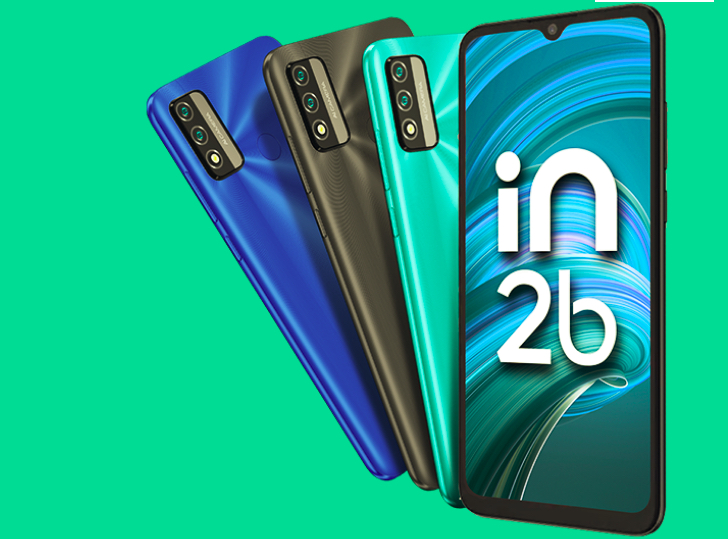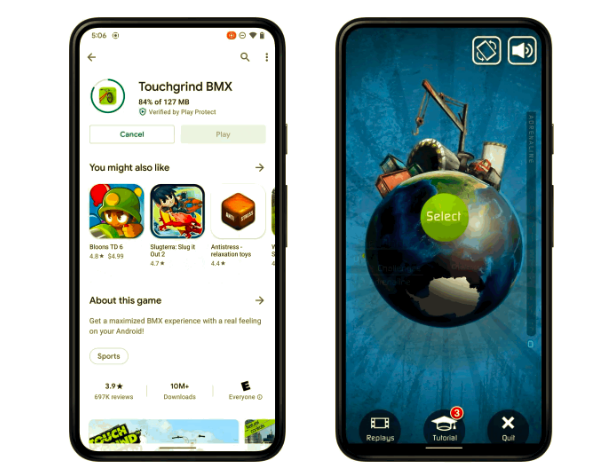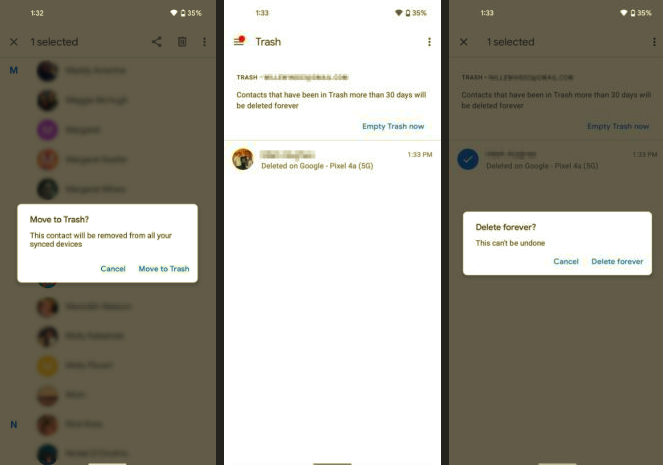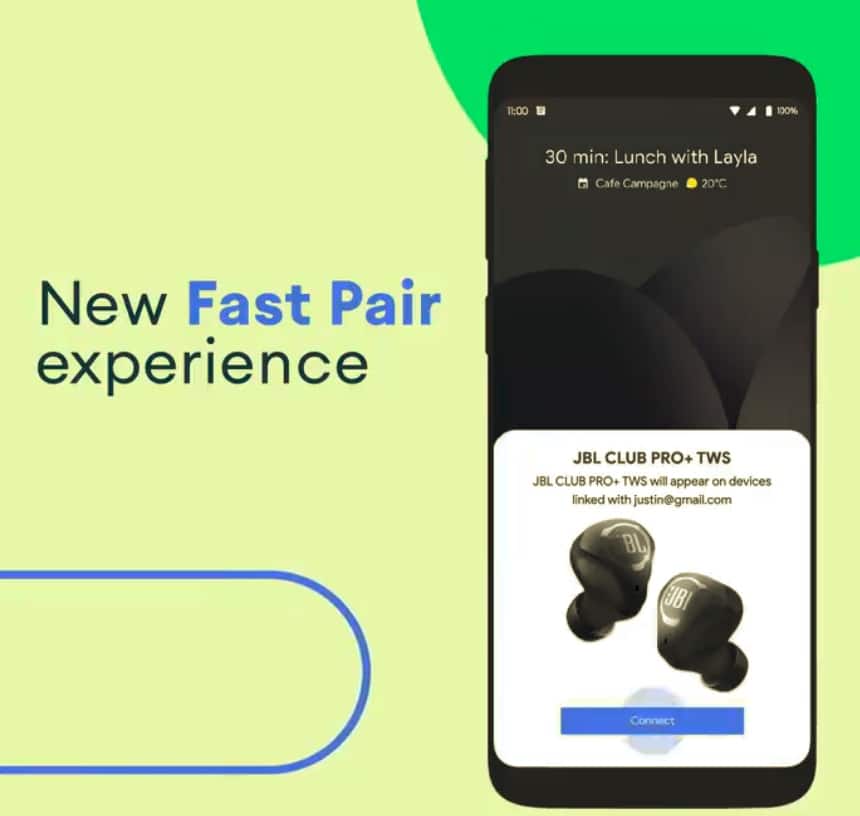LG and Samsung have been showing off curved AMOLED displays in prototype form for the last couple of years. However, it is only now that the technology has matured enough for it to make into mainstream products from both companies. And while Samsung’s Galaxy Round is still more of a prototype with limited availability, LG has gone ahead and released its curved smartphone — the G Flex — in almost all the major markets of the world.
The G Flex is based on the LG G2 and sports the exact same internals and features but differs slightly with its 6-inch curved P-OLED display and the ‘self-healing’ back.
Display
The 6-inch 720p P-OLED panel on the G Flex is curved and somewhat flexible as well. LG states that the curvature helps in reducing glares and it actually works. Even in direct sunlight, everything on the display was easily readable — something even the likes of HTC One, Galaxy S4 and Nexus 5 can’t achieve.
The curved display also provides an extra depth to the content on the screen which helps in providing an immersive experience especially while watching videos or reading content. Its gigantic size and the relatively non-existent bezels further help matters.
Apart from this, I have not noticed any other benefit of the curved display. Sadly, even LG does not include any software goodies that can show off its advantages. Samsung, for example, has tweaked TouchWiz on the Galaxy Round so that the battery and signal icons are visible even when the phone is lying flat on a table.
All the usual OLED display trade-offs are also present with this one, including poor colour accuracy, brightness levels and off-the-charts saturation and contrast levels.
The relatively low resolution compared to the size does lead to some loss of clarity and sharpness but its not bad enough to affect the average joe too much. However, if you are coming from a 1080p display handset like the Nexus 5 or HTC One, the difference is going to be instantly noticeable.
Build Quality
The G Flex shares the same body as the G2, except that it is curved and has a ‘self-healing’ back. While the handset does not really give a premium feeling in-hand, it does not feel cheap either. The overall build quality is top-notch and the phone does not creak even when pressed hard. Samsung — take note, this is how you make phones from polycarbonate plastic.
The ‘self-healing’ back is another talking point of the device and it’s no marketing gimmick either — it actually works. I used some coins to scratch the back of the G Flex and they disappeared after a few hours. While the back cannot exactly heal itself from all kind of scratches, it can easily withstand all the day-to-day wear and tear without showing any signs of it. The G Flex might not have a premium build quality but it is still better than Galaxy devices.
Camera
The G Flex uses the same 13MP camera module as seen on the LG G2 minus the Optical Image Stabilisation (OIS). In daylight, the camera does a pretty good job of capturing the moment except for the fine details being washed away by the image processing algorithm. Zoom into the image below and you will immediately notice how fuzzy the leaves on the trees look. Even when completely zoomed out, its hard to ignore how weird the leaves actually look.
In low-light, the camera surprisingly does a very good job but the lack of OIS is sorely felt as the images turn out to be blurry more often than not. The use of Night mode in low-light situations does improve matters but requires the subject to remain absolutely still.
The G Flex is also capable of recording videos in Full HD (1080p) resolution at 60FPS or at UHD (3840×2160) resolution. The videos come out pretty good with decent contrast and details. The FPS also remains pretty consistent but drops rapidly in low-light situations. The lack of OIS is once again sorely felt with a lot of jerkiness being visible in videos.
Software, Performance & Battery Life
The weakest point of the G Flex has to be its software. The handset runs a year old version of Jelly Bean — Android 4.2.2 — with LG’s UI on top of it. While the Korean company’s skin is not exactly pretty to look at, it does have a lot of usability enhancements. LG, like Samsung, has taken the kitchen sink approach by adding a plethora of software features including QSlide, QRemote, Quiet Mode, Smart Screen, Smart Video and a bunch of Gestures.
QSlide is LG’s take on multi-window multitasking in Android and it works pretty flawlessly. The implementation is similar to other OEMs except that here users can also put certain system apps in a floating window mode and use it on top of other apps.
Smart Screen makes sure that the display does not get switched off while you are looking at it, and Smart Video will automatically pause the video if you look away from the screen. Both features are more of a miss than a hit and work only sporadically.
Like the G2, the G Flex also features KnockON that allows the user to wake up or put the device to sleep by simply double tapping on the screen. However, there is a lag of half a second in the device actually waking up, which can be very frustrating. Surprisingly, this lag is also present when using the Power button which suggests that the culprit might be the P-OLED display and not the software.
LG has also added a few customization options for the on-screen navigation bar including the ability to move the buttons around, add new ones and change their color. The dynamic theme — which changes the navigation bar color according to the app running in the foreground — works sporadically at best.
The best feature of LG’s UI skin has to be QRemote that allows users to control their TVs, ACs and other appliances using the Infrared sensor on the phone. A nifty feature in the app is the ability to automatically show up on the notification panel when you are connected to your home Wi-Fi network.
Honestly, the sheer amount of software features on the G Flex would easily take a couple of days to explore and explain, suffice it to say there are many additions, some useful and some less so.
My biggest gripe with the G Flex is its performance. Even with a Snapdragon 800 processor ticking inside, the handset is not as smooth as the Nexus 5 that uses the same chipset or even the HTC One or Nexus 4. There is always that slight delay in menus popping up or animations being jittery, leading to a sub-par experience. Hopefully, the KitKat update for the handset will solve these issues.
On the plus side, LG is the only company that has been consistently nailing the battery life performance on its devices and the G Flex is no different.
The curved 3500mAh battery makes sure that the G Flex can easily last a day and a half of moderate usage even though the 6-inch P-OLED display is a power guzzler. I was constantly able to get a day and a half of battery life with the Flex with around 5-6 hours of screen on time. That would stretch to around 2 days of battery life on light usage.
Conclusion
The G Flex is just an LG G2 with a 6-inch P-OLED screen. Unless you really want a phone that flexes and has a curved display, there really isn’t a lot of benefit in buying the phone especially at its current retail price. However, LG should be duly credited for innovating with their form factor and materials. The G Flex might not make much sense right now, especially with the LG G2 around, but its innovations will surely start to trickle through more devices and soon rule the smartphone industry in the coming decade.


























